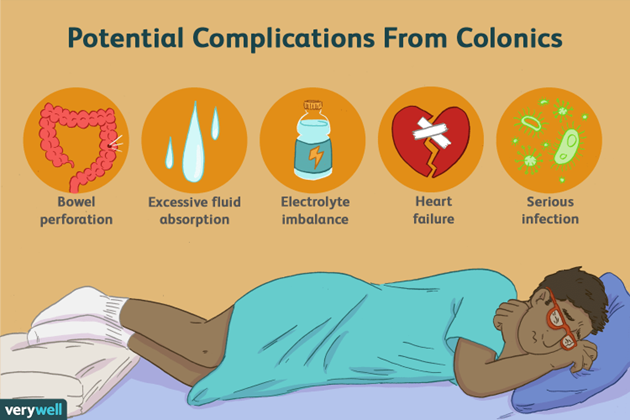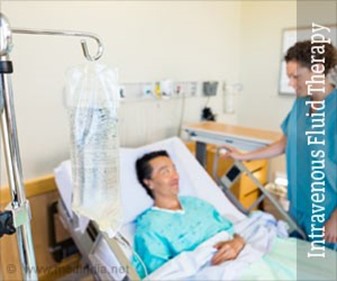A nurse is assessing a client who has a new diagnosis of diverticulitis and reports that he uses multiple complementary and alternative healing therapies.
Which of the following complementary therapies should the nurse identify as contraindicated for the client?
Acupuncture.
Saw palmetto.
Colonics.
Guided imagery.
The Correct Answer is C

Colonics, also known as colonic irrigation or colon hydrotherapy, involves flushing the colon with fluids to remove waste and is not recommended for individuals with diverticulitis.
Choice A is wrong because acupuncture is not a contraindication for a client with diverticulitis.
Choice B is wrong because saw palmetto is not a contraindication for a client with diverticulitis.
Choice D is wrong because guided imagery is not a contraindication for a client with diverticulitis.
Nursing Test Bank
Naxlex Comprehensive Predictor Exams
Related Questions
Correct Answer is B
Explanation
The glycosylated hemoglobin level (also known as HbA1c or A1C) is a laboratory test that reflects average levels of blood glucose over the previous two to three months.
It is the most widely used test to monitor chronic glycemic management.
Choice A is not the answer because fasting blood glucose level reflects only short-term glycemic control.
Choice C is not the answer because oral glucose tolerance test results reflect only short-term glycemic control.
Choice D is not the answer because postprandial blood glucose level reflects only short-term glycemic control.
Correct Answer is D
Explanation

The correct answer isChoice D.
Choice A rationale:Checking potassium levels is important in the management of DKA, but it is not the priority intervention.The priority intervention is to restore intravascular volume with fluid resuscitation
Choice B rationale:Bicarbonate infusion is not the priority intervention in the management of DKA.It is used only in severe cases of metabolic acidosis
Choice C rationale:Initiation of a continuous IV insulin infusion is an important intervention in the management of DKA, but it is not the priority intervention.The priority intervention is to restore intravascular volume with fluid resuscitation
Choice D rationale:Administering 0.9% sodium chloride is the priority intervention in the management of DKA.It is used to restore intravascular volume and correct electrolyte imbalances
Whether you are a student looking to ace your exams or a practicing nurse seeking to enhance your expertise , our nursing education contents will empower you with the confidence and competence to make a difference in the lives of patients and become a respected leader in the healthcare field.
Visit Naxlex, invest in your future and unlock endless possibilities with our unparalleled nursing education contents today
Report Wrong Answer on the Current Question
Do you disagree with the answer? If yes, what is your expected answer? Explain.
Kindly be descriptive with the issue you are facing.
